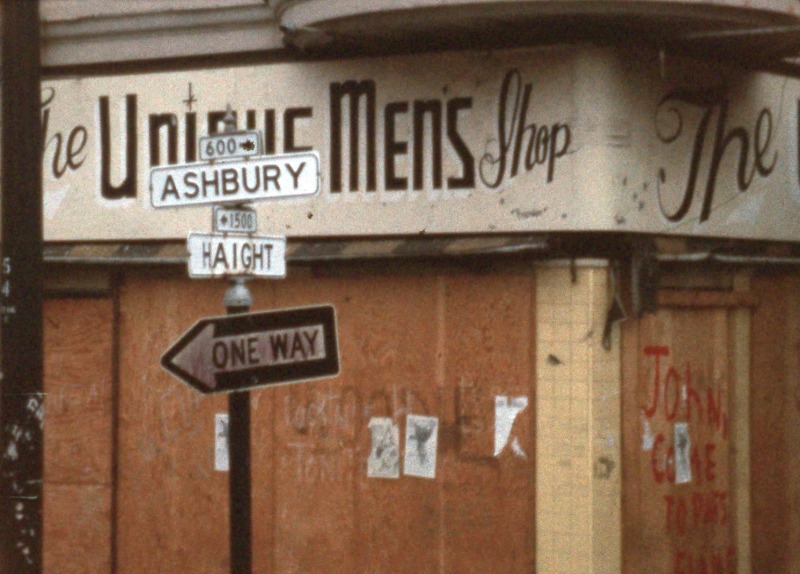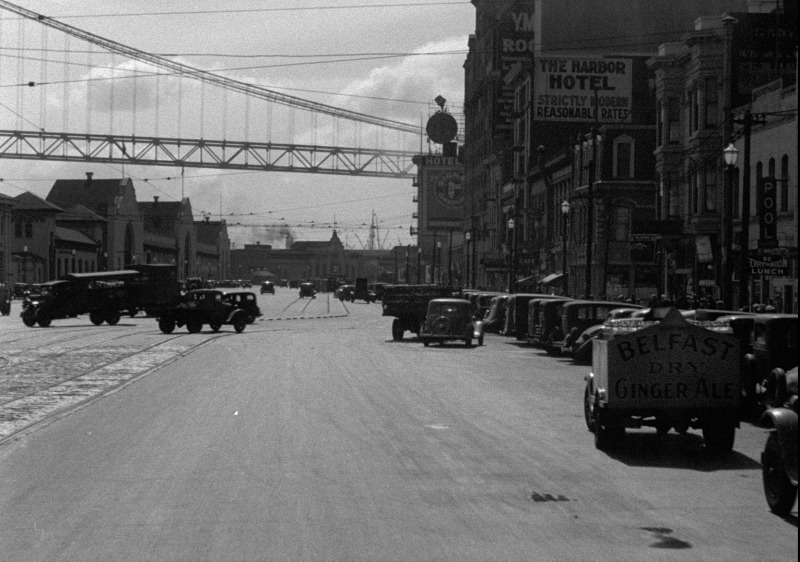It’s somewhat hard to imagine that in the same week that The Hunger Games: Mockingjay, Part 1 is dominating box office sales a presentation of scratchy found film footage of old freeways, street cars, and city streets with no sound track could pack the 1,400 seat Castro Theater.
But after eight years, Rick Prelinger’s Lost Landscapes of San Francisco is as popular as ever. This Thursday night’s show sold out in just 20 hours and a second show has been added for December 19 at the Internet Archive. (Ticket-less fans wishing to catch the Castro screening can try their luck in the walk-up line the night of the show. Go early.)
Prelinger is an archivist constantly on the prowl for “ephemeral film” — home movies, industrial and educational clips, and other interesting celluloid and video relics. Each year he gathers the best of this raw visual documentation of San Francisco’s past into a new edition of Lost Landscapes. Rather than present the clips with music or narration, he conducts the evening like a home movie night for the entire city and invites the audience to yell out memories, facts, or other responses as the images roll by.

People may boo, for example, at a clip showing the ugly Embarcadero Freeway obscuring the Ferry Building. But footage shot from a street car running up Market Street in the ’20s as people crisscross the traffic like dancers draws cheers. You can see last year’s Lost Landscapes 8 online in its entirety — but it’s nowhere near as fun as the live event.
I chatted with Rick Prelinger by email about why people like this kind of footage, what’s new in this year’s edition, and what can be learned from Lost Landscapes.


